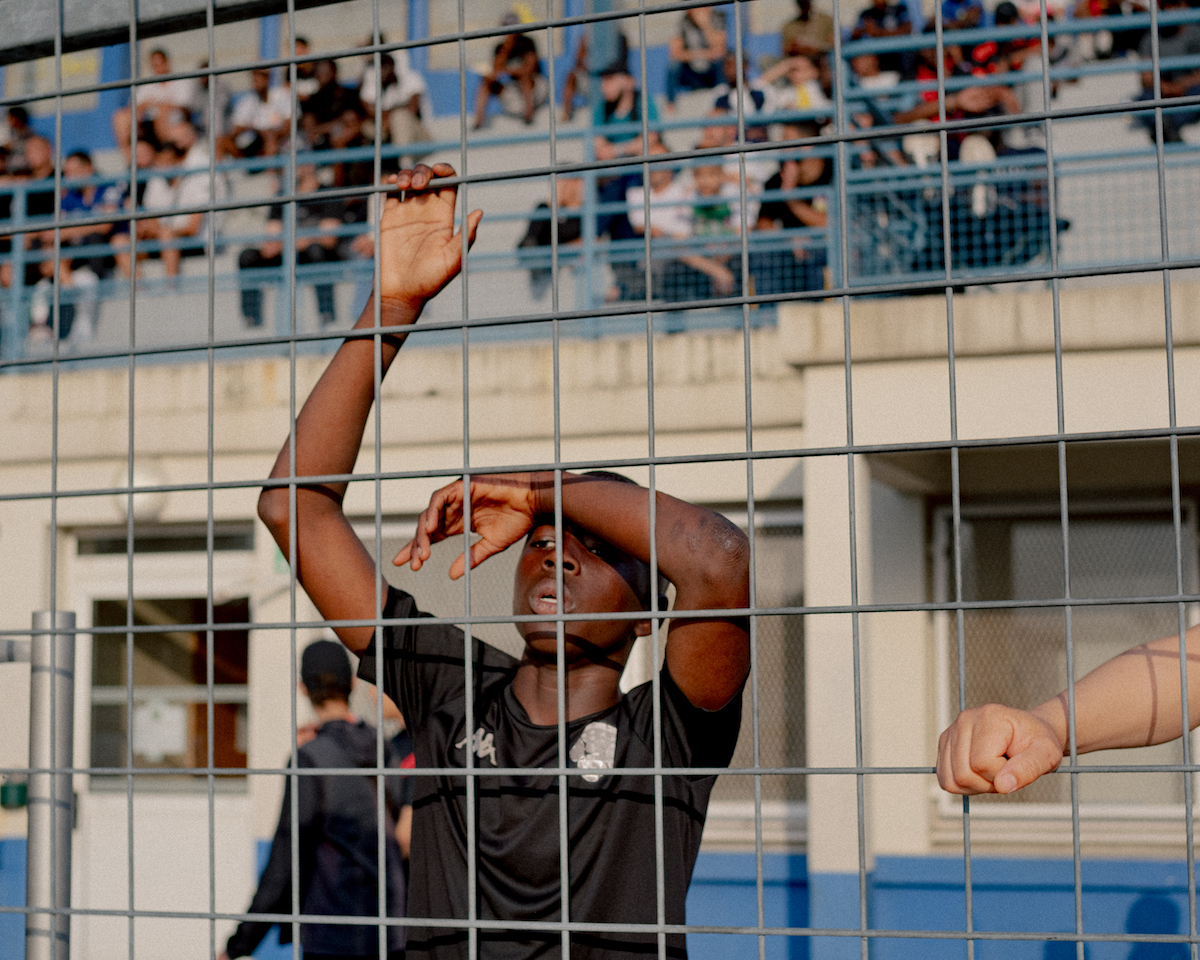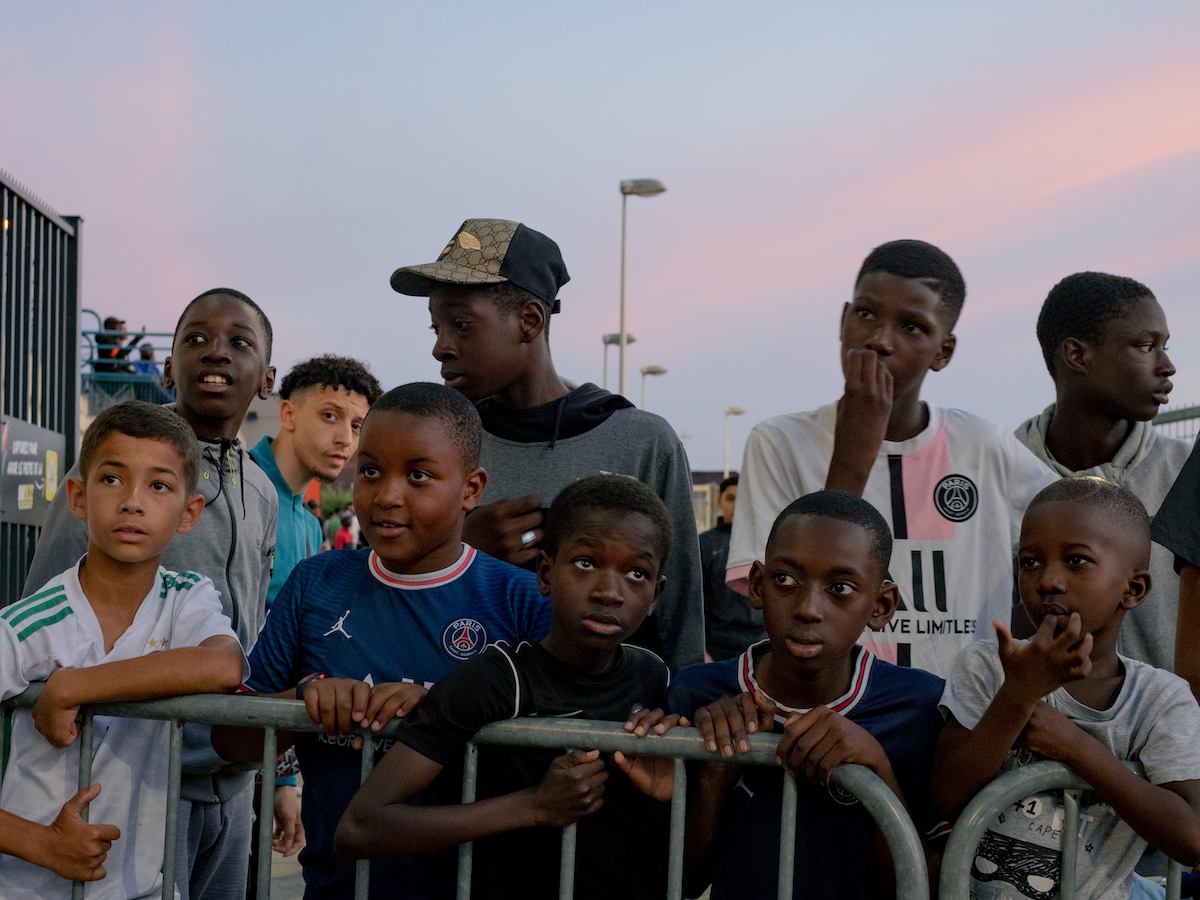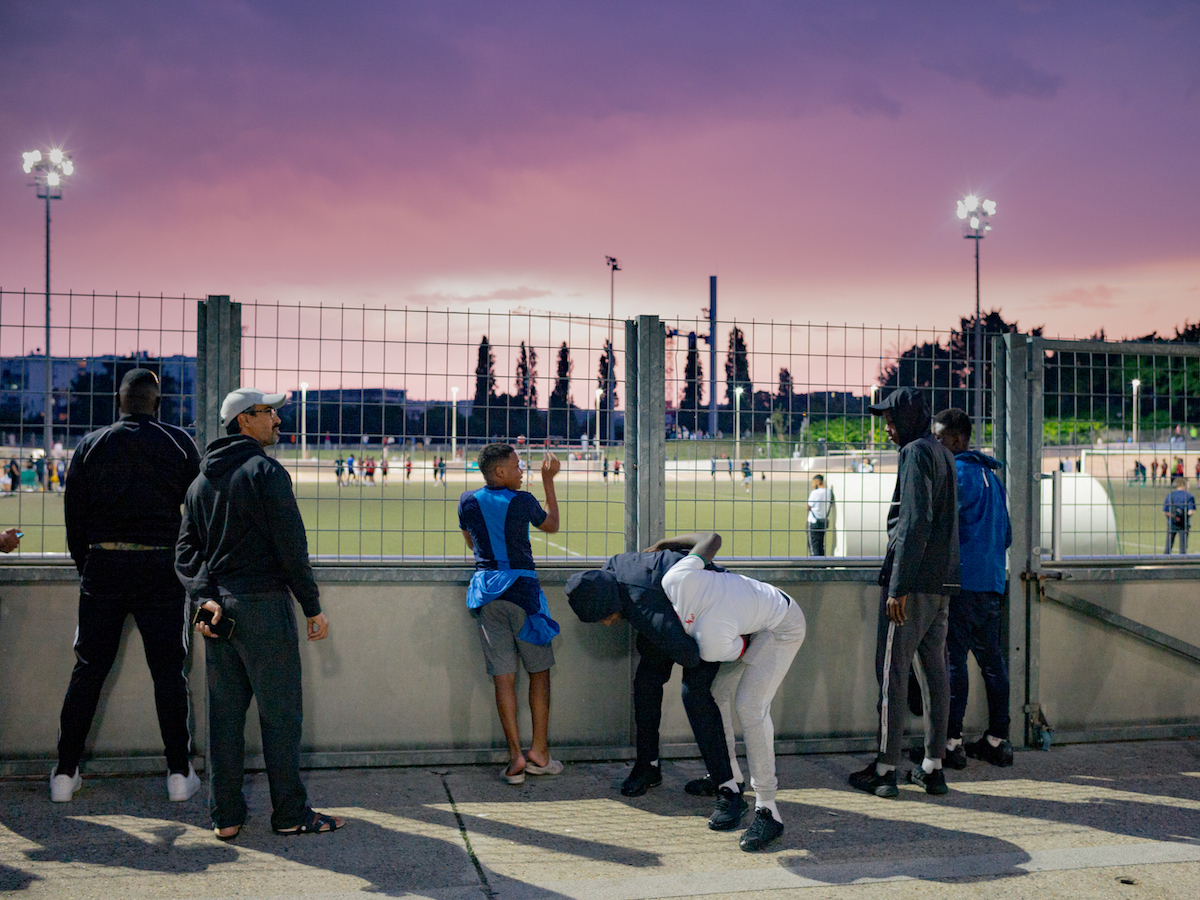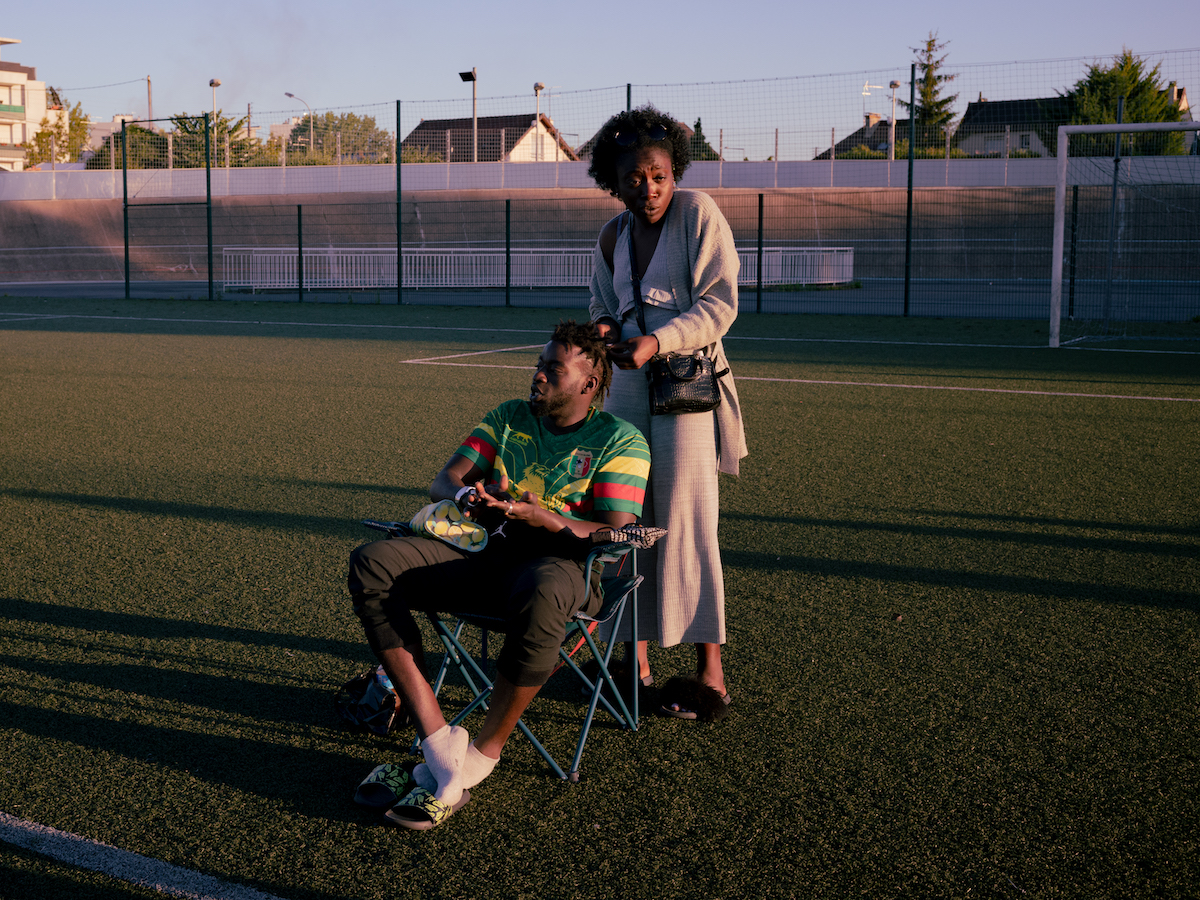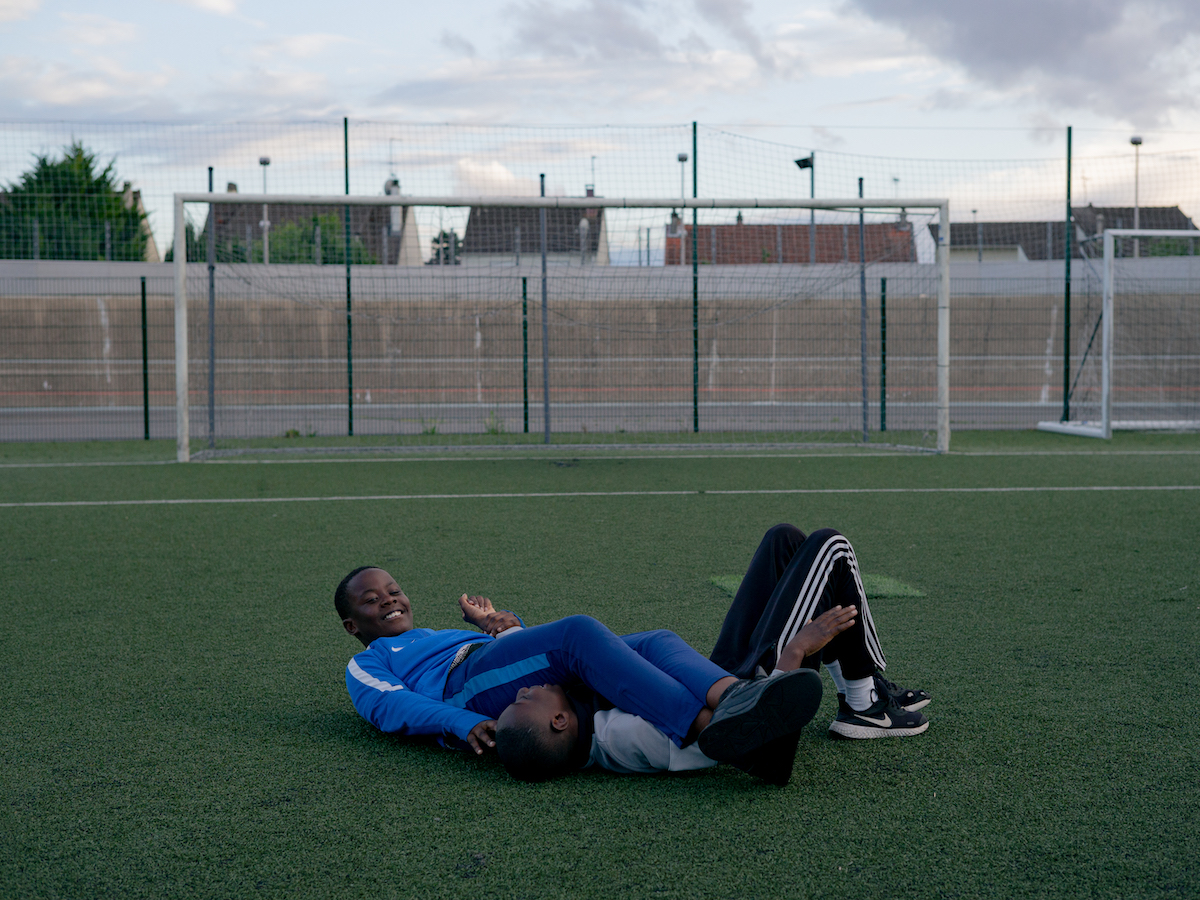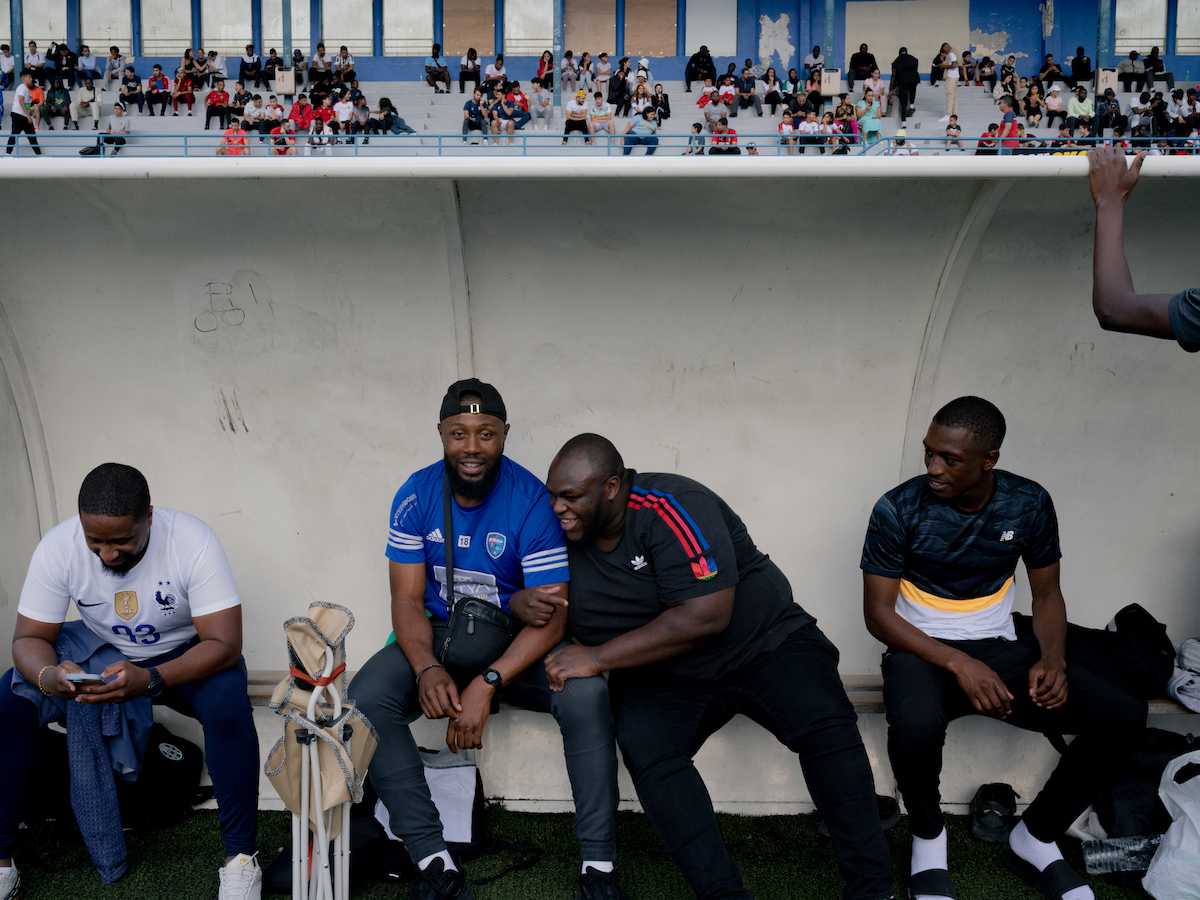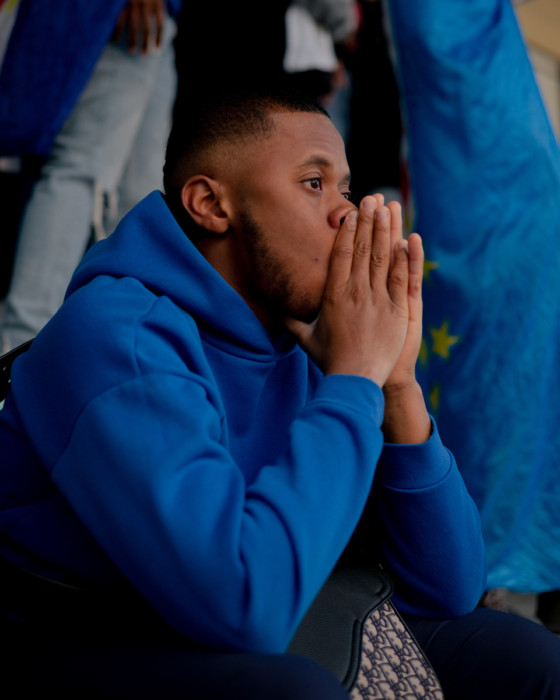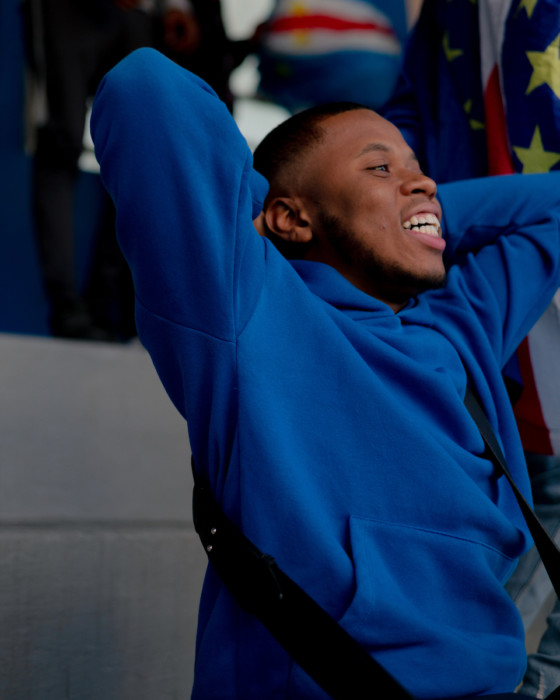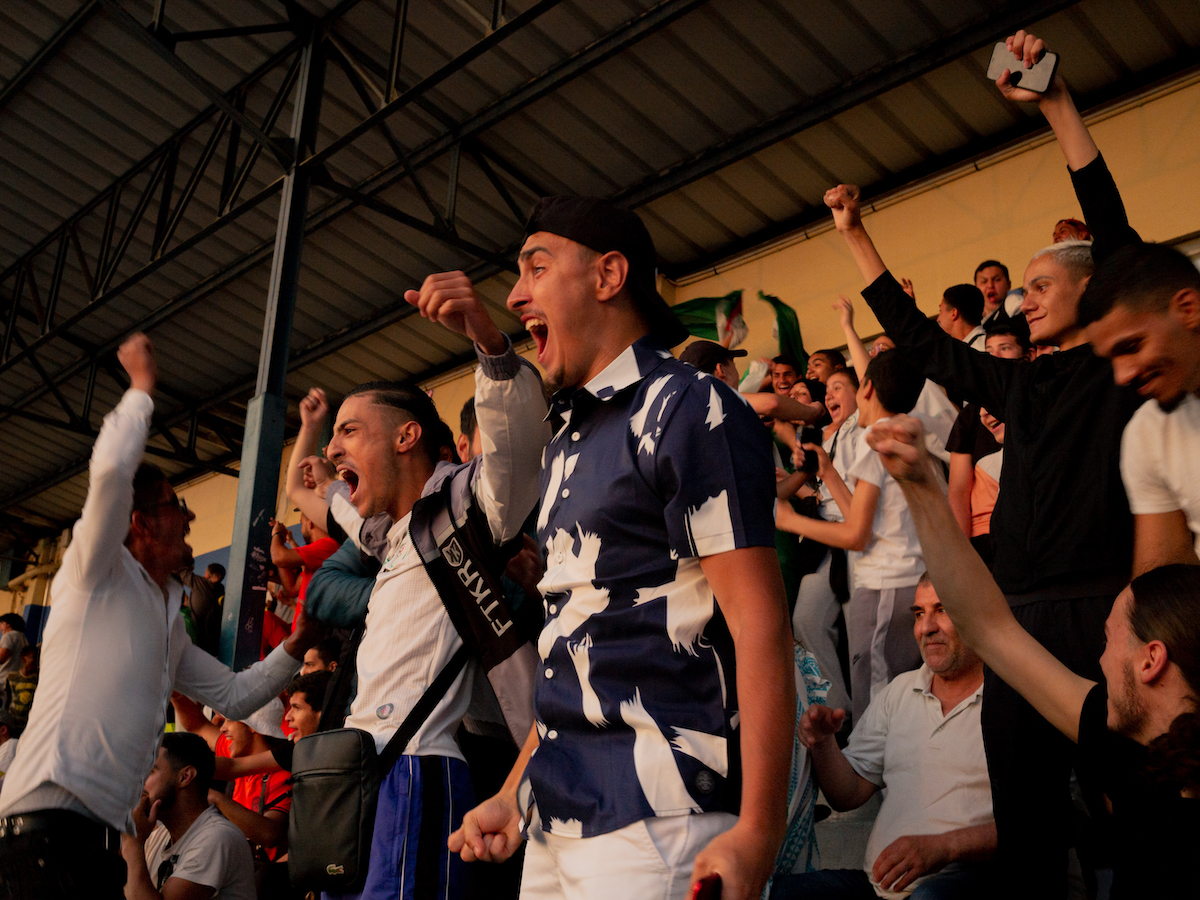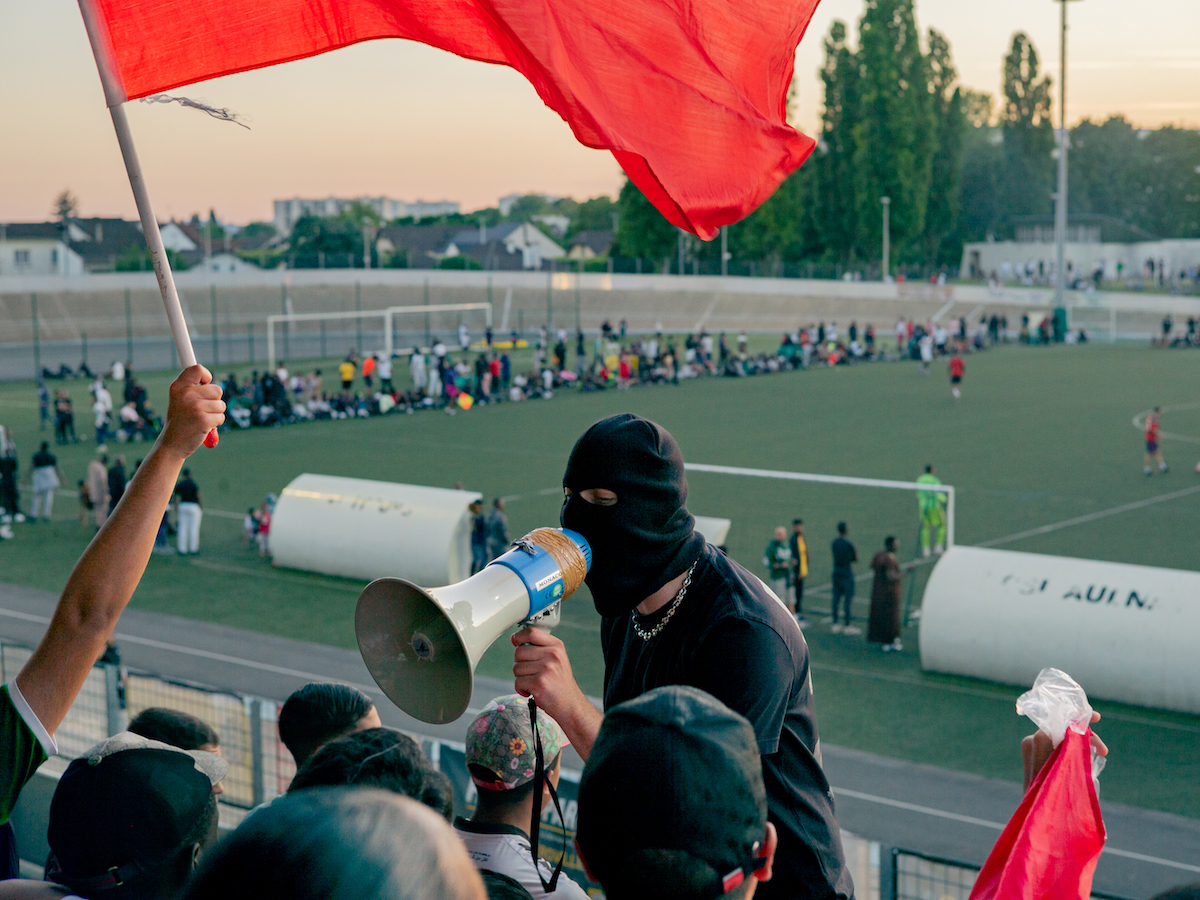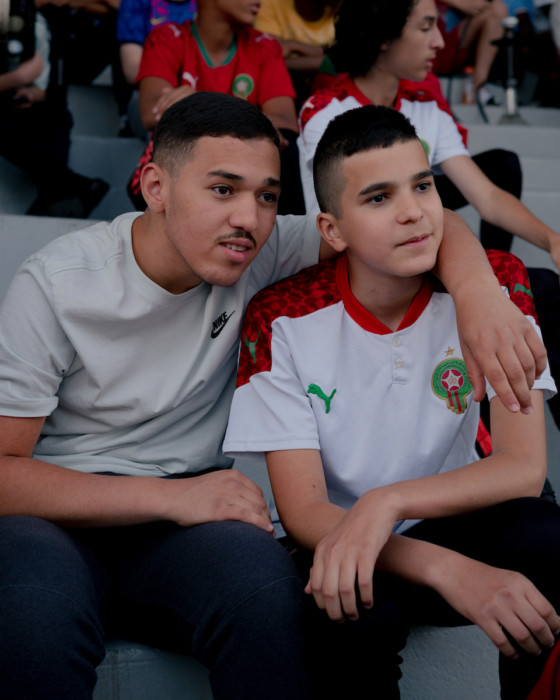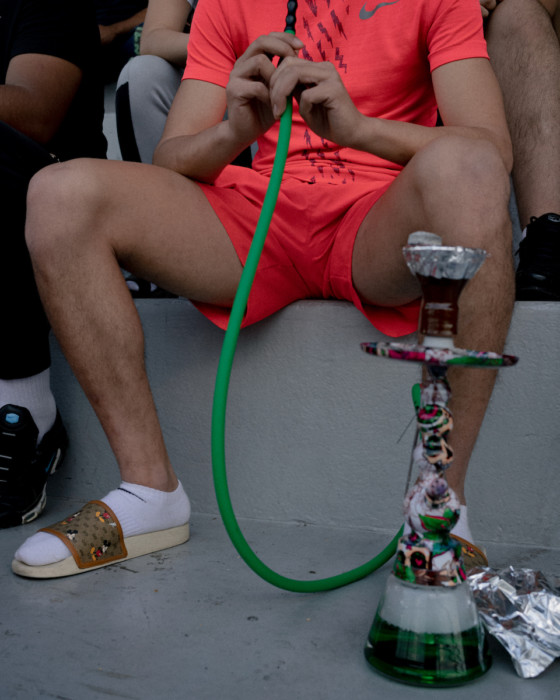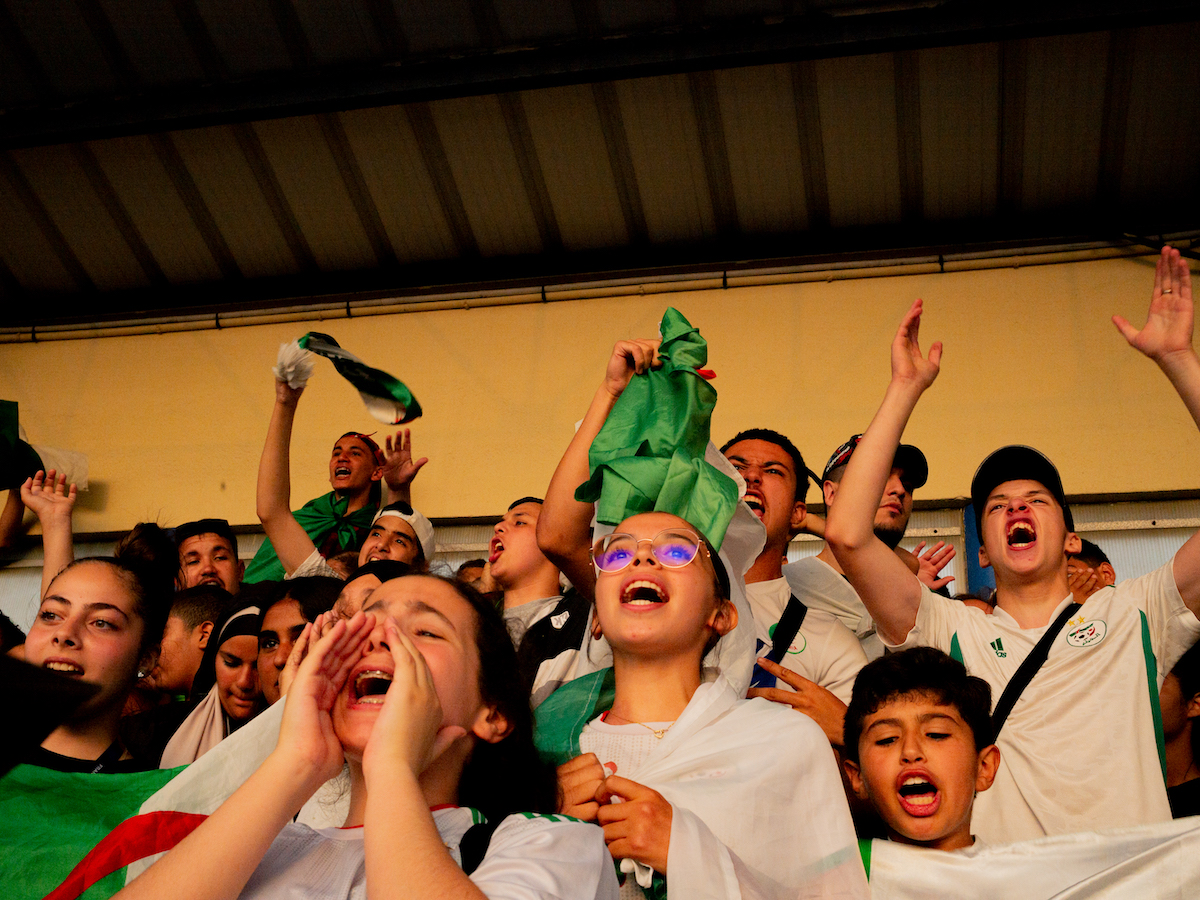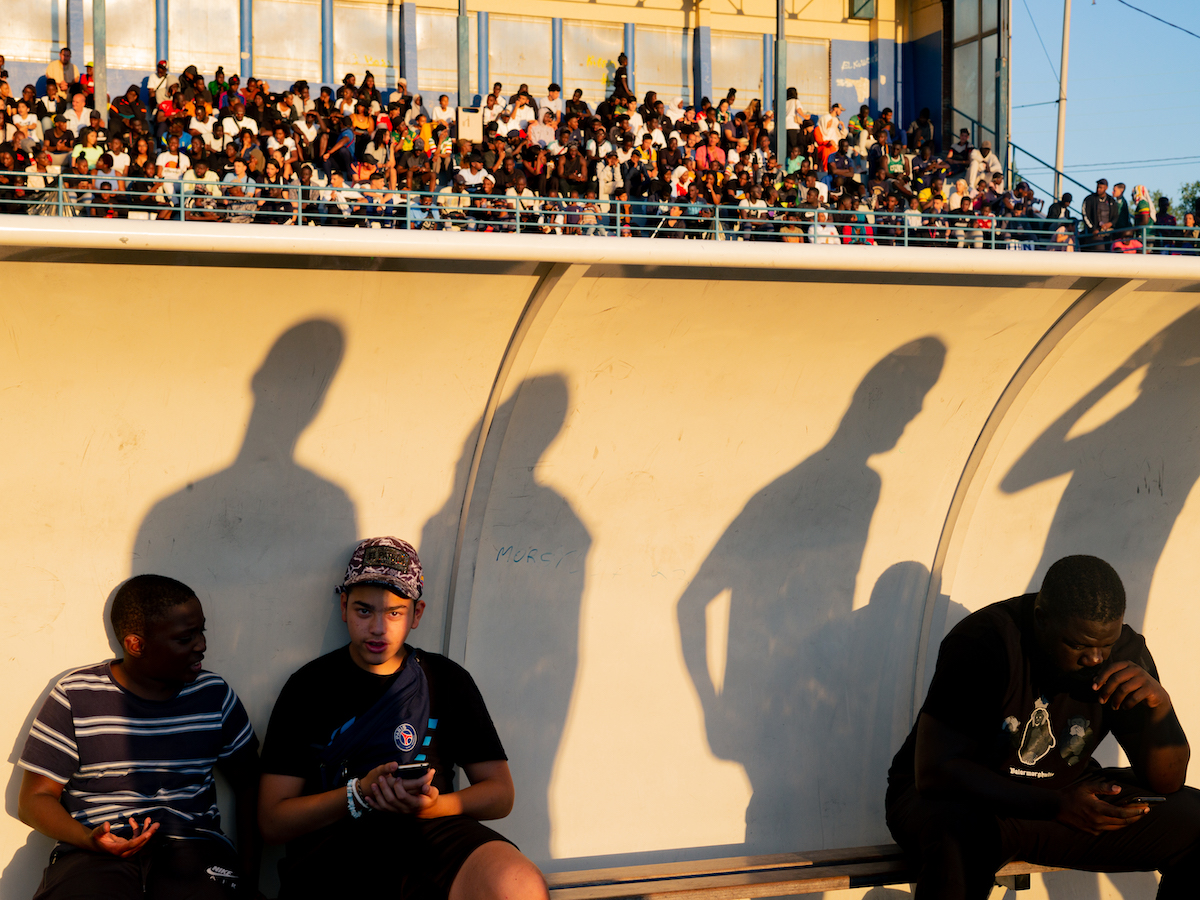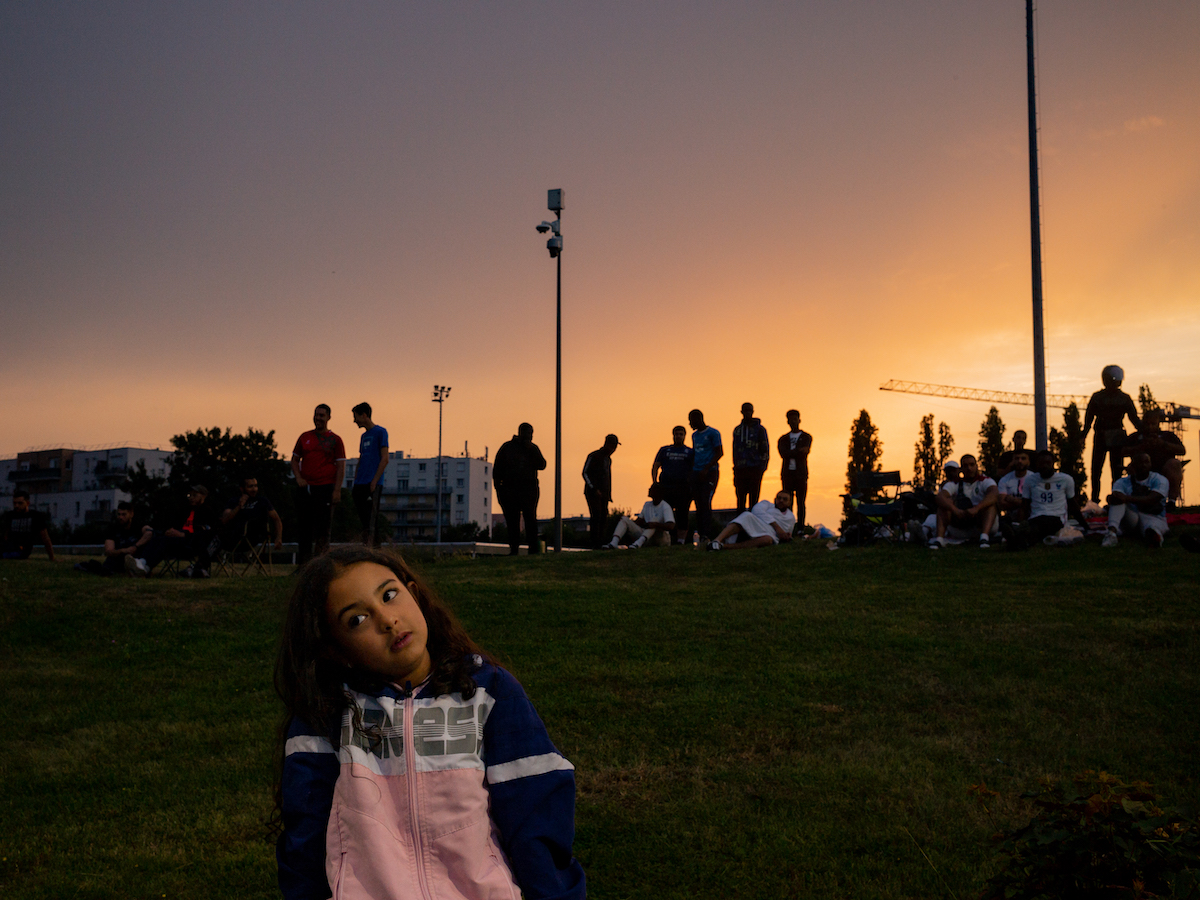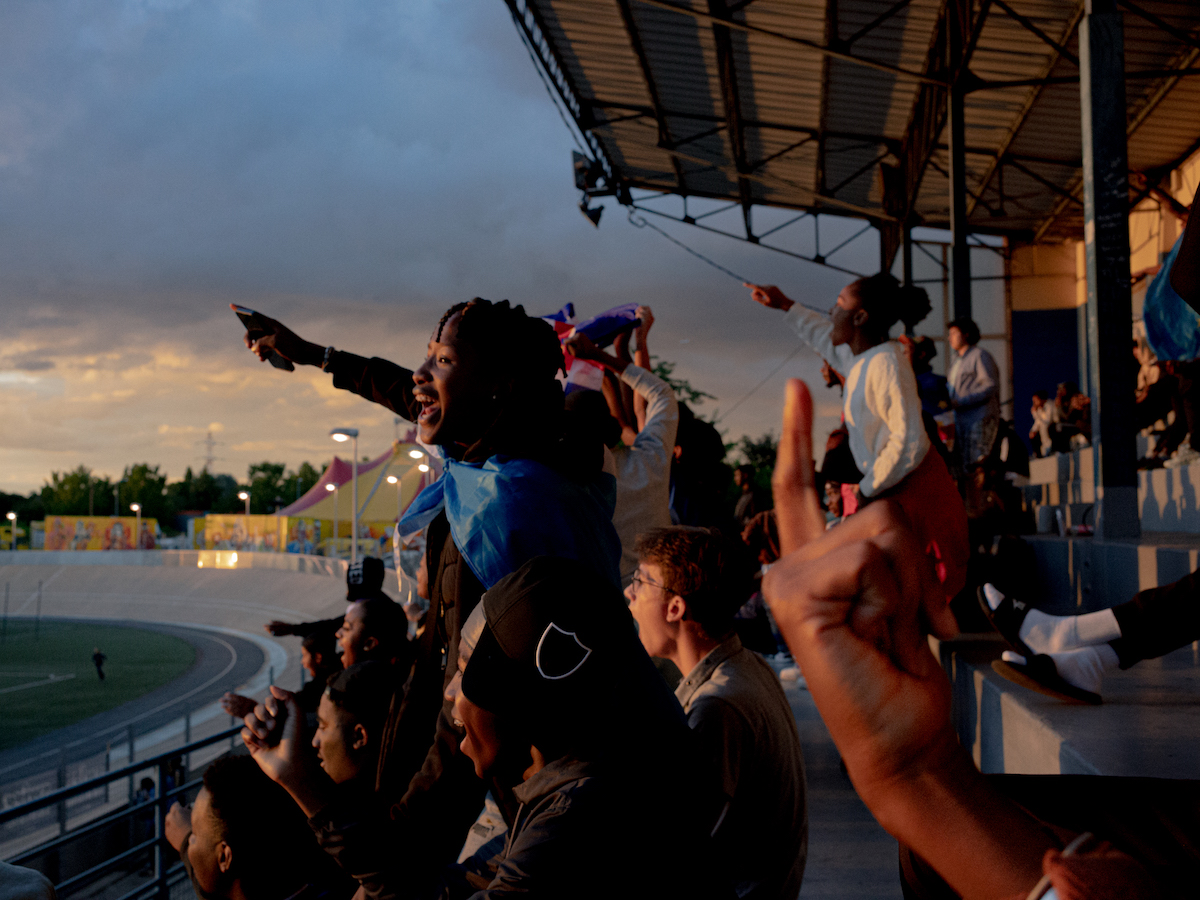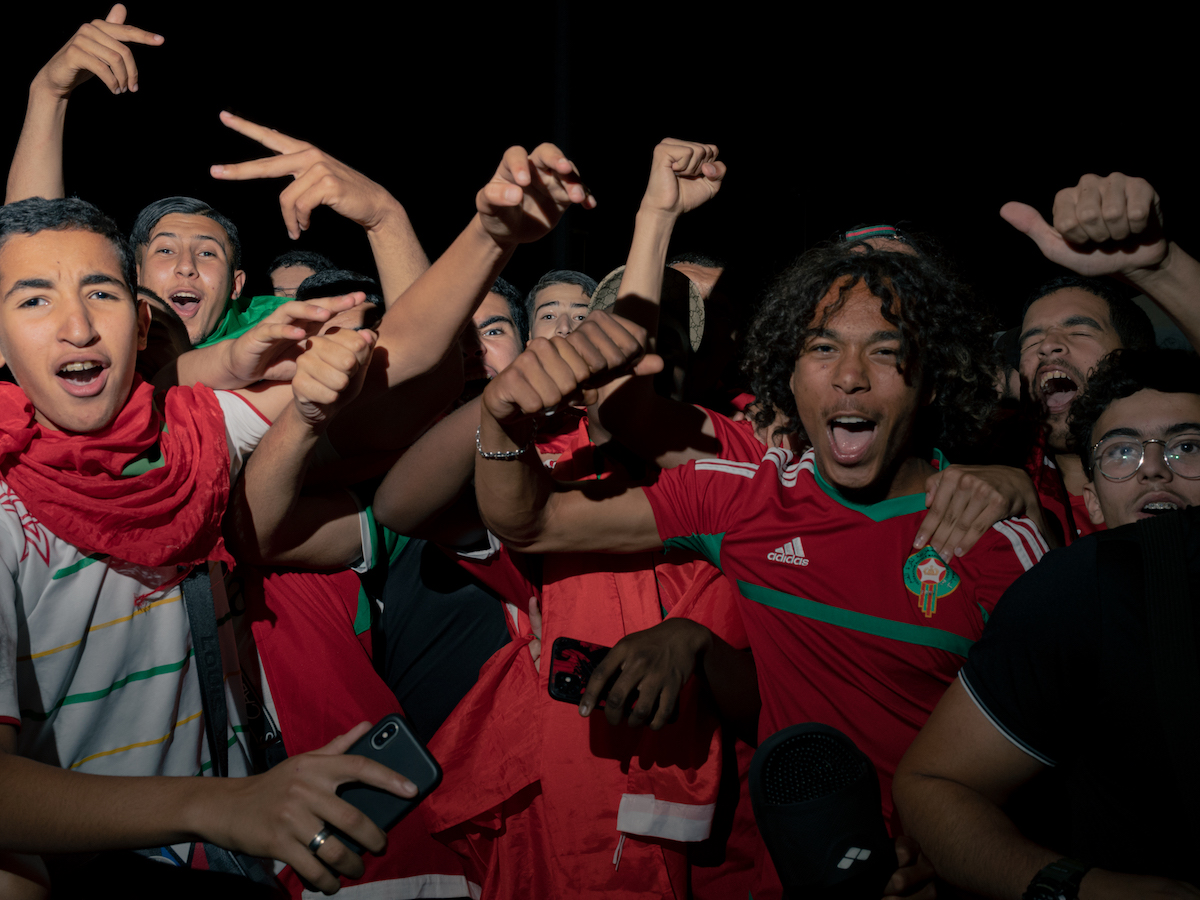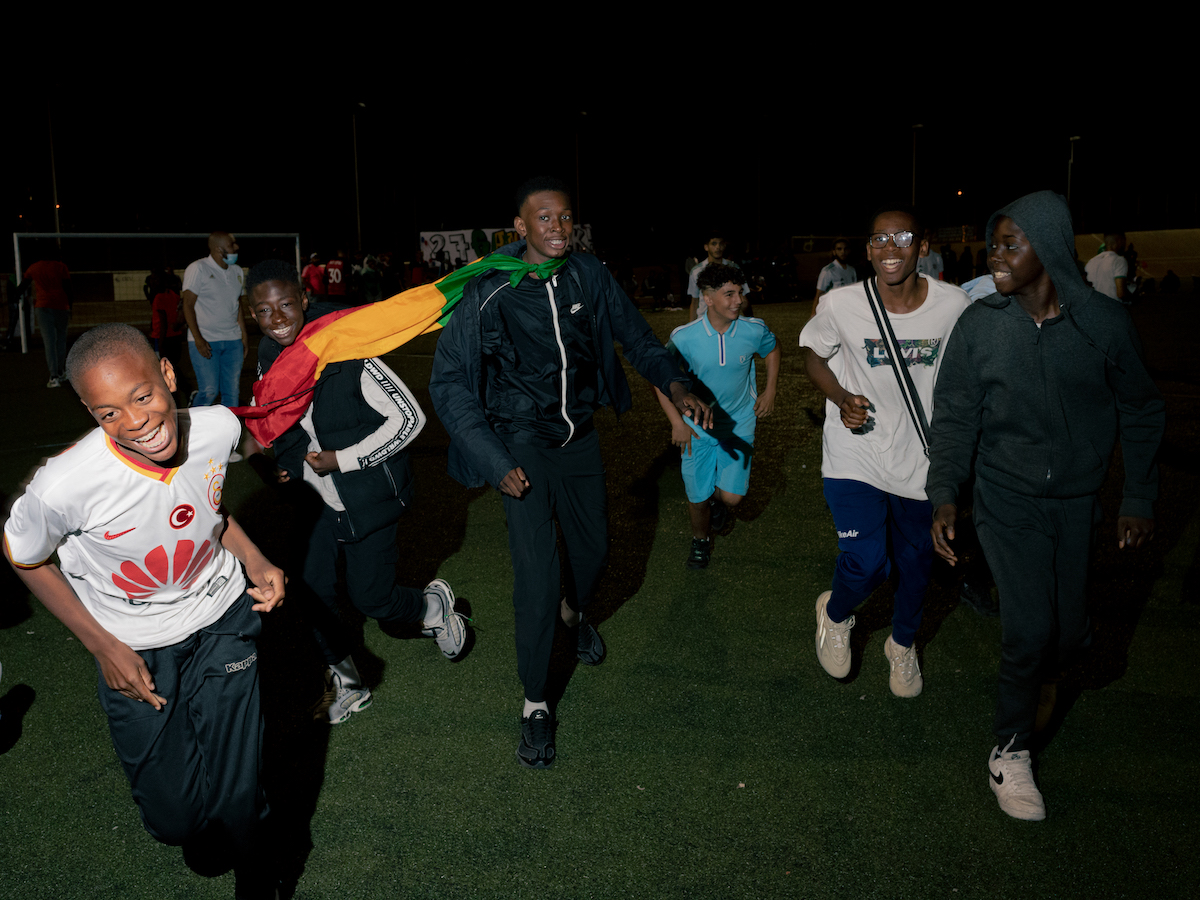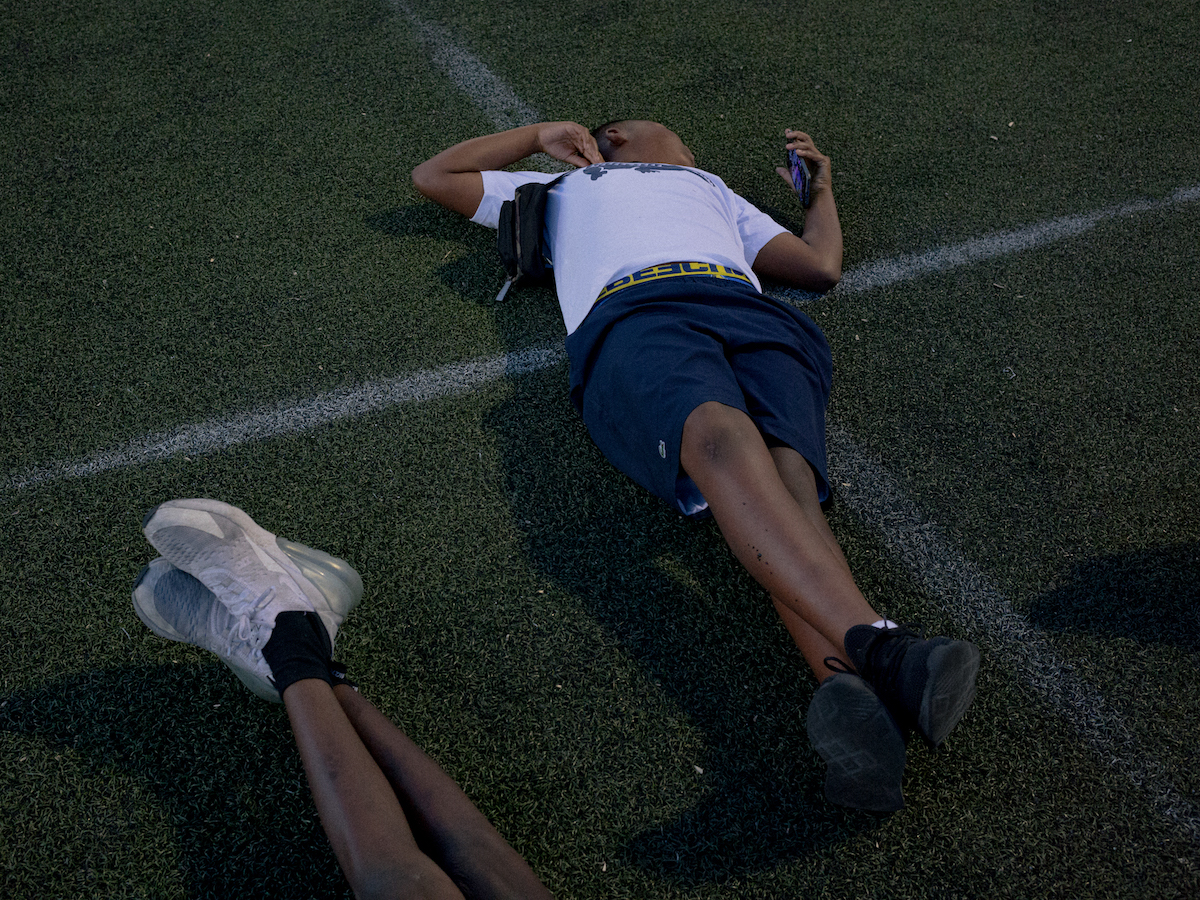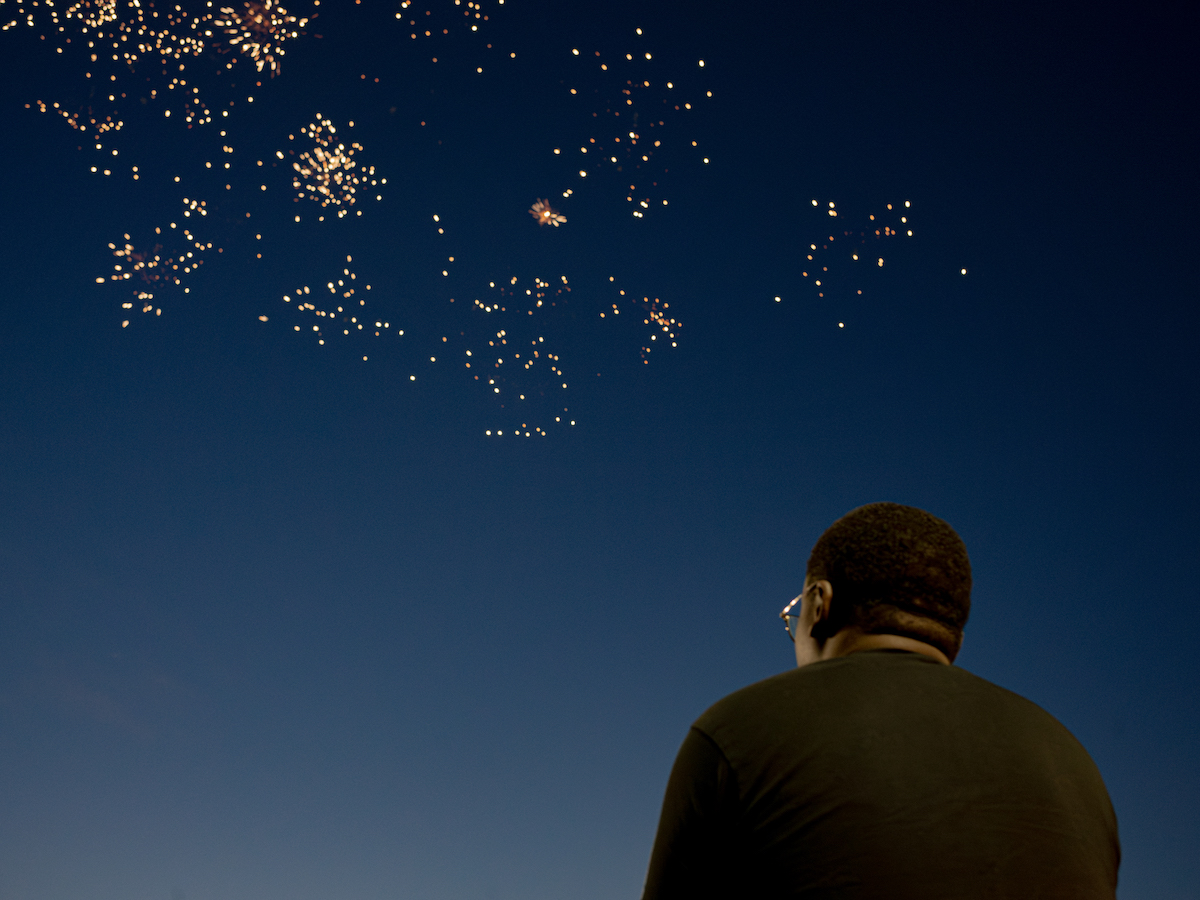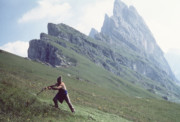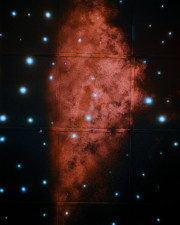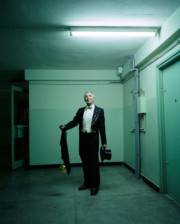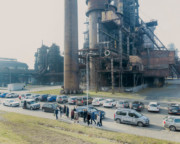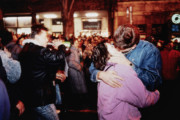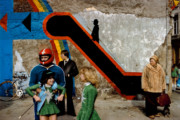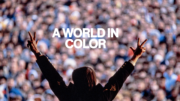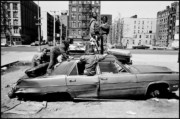Suspense and Joy in the Parisian Suburbs
The photographer tells the story behind his first publication, “Offside,” one of the many chapters of his major ongoing project on the Parisian banlieues
In the summer of 2022, William Keo was coming out of an intense period of traveling and documenting conflict. For the first half of the year, he had covered conflict in Ukraine, five weeks in remote areas of Iraq, the rise of the extreme right in France, the French anti-criminal brigade (the BAC) and documenting life in prisons for his major project on the Parisian banlieues. “I was tired,” he writes in the prologue to his first publication, Offside, published in fall 2023 by Four Eyes Editions. “I wanted to do something different.”
One evening, while back in his hometown of Aulnay-sous-Bois on the north-eastern outskirts of Paris, he accompanied a group of friends to the sports grounds around a fifteen-minute walk from his apartment. There, the fourth edition of the “Coupe d’Afrique des Nations Banlieue,” known as the “CAN”, was well underway. Inspired by the African Cup of Nations, the tournament brings together local, amateur soccer players to represent the different African nations. “Most of the players are French, and second or third-generation members of immigrant families,” Keo explains.
The tournament takes place over six weeks, with matches held every day. Since the first edition in 2019, its reputation and attendance have grown exponentially amongst the population, with several tournaments taking place across the different regions of the suburbs. That year, in the neighboring suburb of Créteil, the organizers even partnered with Amazon Prime to add the final to the streaming platform, alongside matches from Ligue 1 (the French equivalent of the Premier League).
“This project was a complete surprise to me,” he laughs. “I was attending as a spectator at first, just with a group of friends, and taking pictures for fun. I got completely caught up in the tournament and started going more and more regularly to watch matches, even when I had no affinity whatsoever with either of the teams playing. The atmosphere was always so intense; the teams were competing for a plastic trophy, but players and fans alike were giving everything they had.”
"The sport itself wasn’t the subject — the people were."
-
“At home, the more I looked at the images, the more I realized that there was a story there. But the sport itself wasn’t the subject — the people were.” The feelings of joy, suspense, and community seep through the pages of Offside. We rarely see the pitch itself, or the subject of their nervous anticipation, as Keo shifts his gaze instead to the crowds. Draped in flags or soccer jerseys, onlookers are seen celebrating, chanting, or watching on in a state of suspense.
In one image, Keo captures two young men, one with his arms raised in a cheer, the other with his fists clenched, but both with mouths wide open and eyebrows raised in a synchronized roar. Surrounding the two protagonists are groups of various ages, with varying levels of delight plastered on their faces. Through his lens, he immortalizes a feeling that is instantly relatable for every supporter of any team sport — the euphoric moment when your team scores.
“The CAN was created because there was a significant lack of cultural events in the Parisian suburbs,” Keo explains. “Some areas of the suburbs are well connected to central Paris, so this is less of an issue. But for other areas, such as Aulnay-sous-Bois where I grew up, direct transport to Paris just doesn’t exist, so communities feel blocked off or completely isolated despite being quite literally next door to the French capital.”
Offside is just one chapter in his major project to debunk myths and stereotypes that surround the Parisian suburbs, which are both stigmatized and romanticized in the media, popular culture, and politics. For over five years, Keo has documented numerous aspects of life in the region, from public services to riots to life for the younger generations. “I’ve spent time photographing my daily life, my friends, my family,” Keo explained in a previous interview with Magnum. “I’ve tried to transcribe the atmosphere, the moods, the colors, and the life that emanates from them.”
Usually, photographing in the suburbs has proved to be a difficult task, with people often reluctant to appear in images. “As a photographer, we can’t save lives, but we can destroy them,” Keo explains. “It’s a constant struggle to photograph people, especially in these areas.” And yet, he noticed a remarkable difference when photographing the CAN tournament. “For the very first time, people would constantly come up to me, the photographer, and ask to be photographed. It was a completely different experience.”
"People here aren’t used to being photographed in moments of joy."
-
“People here aren’t used to being photographed in moments of joy,” he muses. “Photographers only turn up during riots or demonstrations, especially when they turn bad. They are only ever there during negative moments, trying to capture violence, conflict, or drama. I think that people were surprised, and happy, to see a photographer there during such a positive moment for the community.”
What started as a moment for Keo to pause and breathe after an intense period of traveling and documenting difficult situations, has transformed into an essential chapter in his major project. It became an opportunity for him to represent these communities through the moments of solidarity, community, and joy that are so rarely seen by the rest of the world.
Offside, the photographer’s first print publication, is divided into three sections across 64 pages. While the CAN series forms the body, and middle section of the softcover book, Keo adds a prologue and epilogue dedicated to the wider project, in which he explains the motivation behind his work and the complexity of capturing the context and nuance necessary for a truthful depiction of the suburbs.
It was published by Four Eyes Editions, a publishing house founded last year by Keo and Yegan Mazandarani. Inspired by the desire to create a positive, forward-thinking space within the world of photobooks, the two rely on close cooperation and dialogue to support photographers and authors alike.
“The publishing world can seem really daunting, especially for younger photographers. We wanted to be able to accompany photographers at every stage of the process, from inception to design, publication, distribution and promotion,” Keo explains. “And crucially we help photographers make money with their books. Rather than asking them to invest their own money, we find alternative ways to support each project financially, such as crowdfunding. We’re building a community, and focusing very much on fostering a positive environment within the publishing space.”
Offside was one of the first to be published. “It has been really positive to see the response to the book,” Keo explains. “Most of the people who have bought it so far are people from the suburbs themselves, or people who are not at all part of the photography or photobook world.” Its universal appeal can perhaps be traced back to the energy and passion that Keo has captured through his lens.
As for Keo’s ongoing project on the suburbs, this year he turns his gaze towards the social consequences of the upcoming Olympic Games, due to be hosted in the French capital this summer. Again, a subject matter that, while on the surface relates to the world of sport, underneath unearths a complex network of deep-rooted socio-economic factors, racial struggles and social violence.
Signed copies of Offside are available to be purchased here.
Visions of the French “Banlieues”


